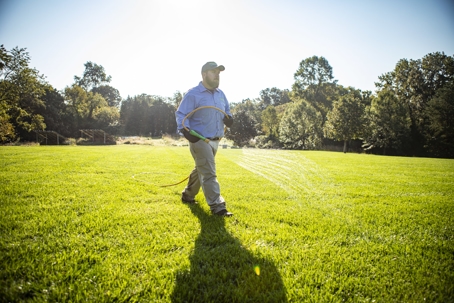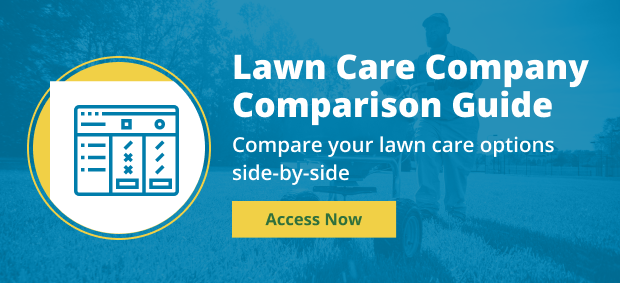Should you Mow Your Lawn Before or After a Lawn Treatment?
A lush, green lawn is what you’re after in spring and summer. Who doesn’t want to sink their toes into velvety, thick, carpet-like grass? Can’t you feel your stress melt away just thinking about it?
Getting the healthy, thriving lawn that you want takes some work. To avoid unsightly brown spots and the effects of heavy foot and pet traffic, you need to care for your beloved grass. If you neglect it, there won’t be much to sink your toes into.
Regular, proper fertilization helps maintain the soil’s nutrients at a consistent level to keep your grass happy.
But you might be wondering whether you should mow before or after treating your lawn. After all, you don’t want to waste it.
Don’t worry. We’ve got your back. Here is everything you need to know about mowing timing around lawn treatments.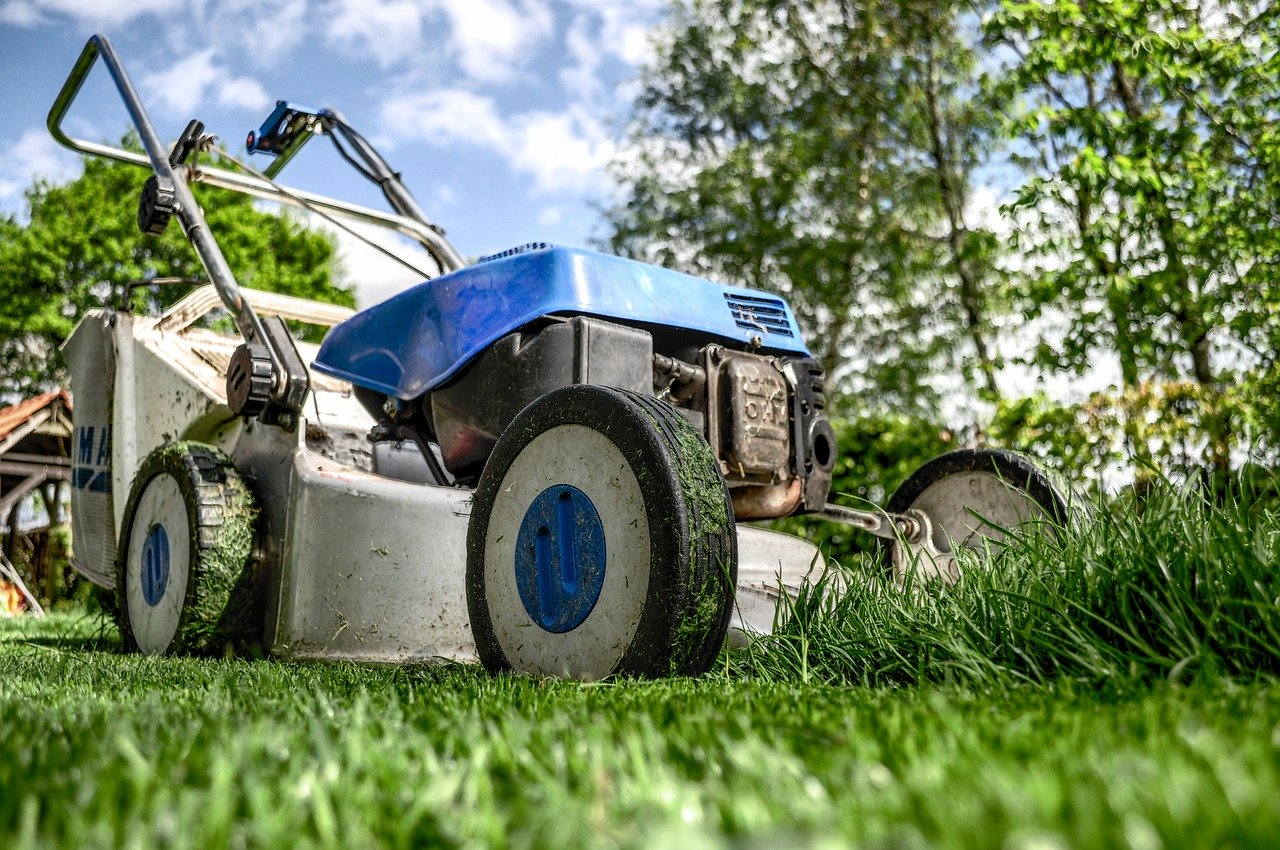
What You Should Know About Mowing Before or After Treating Your Lawn
During the growing season, you should be mowing your lawn about once each week.
As mowing frequency increases as the weather warms up, timing it around fertilization and weed control treatments can feel tricky.
These mowing tips and tricks should clear up any confusion.
Best Times to Mow Your Lawn
Fertilization, granular specifically, is rarely impacted by mowing. But weed control treatments can be impaired.
You usually don’t want to mow your lawn within 24 hours before any such treatment.
This is because if you mow right before an herbicide treatment, there isn’t much leaf area left to absorb the weed control. If a broadleaf weed control doesn’t come in contact with enough of the plant’s foliage, it won't be effective. 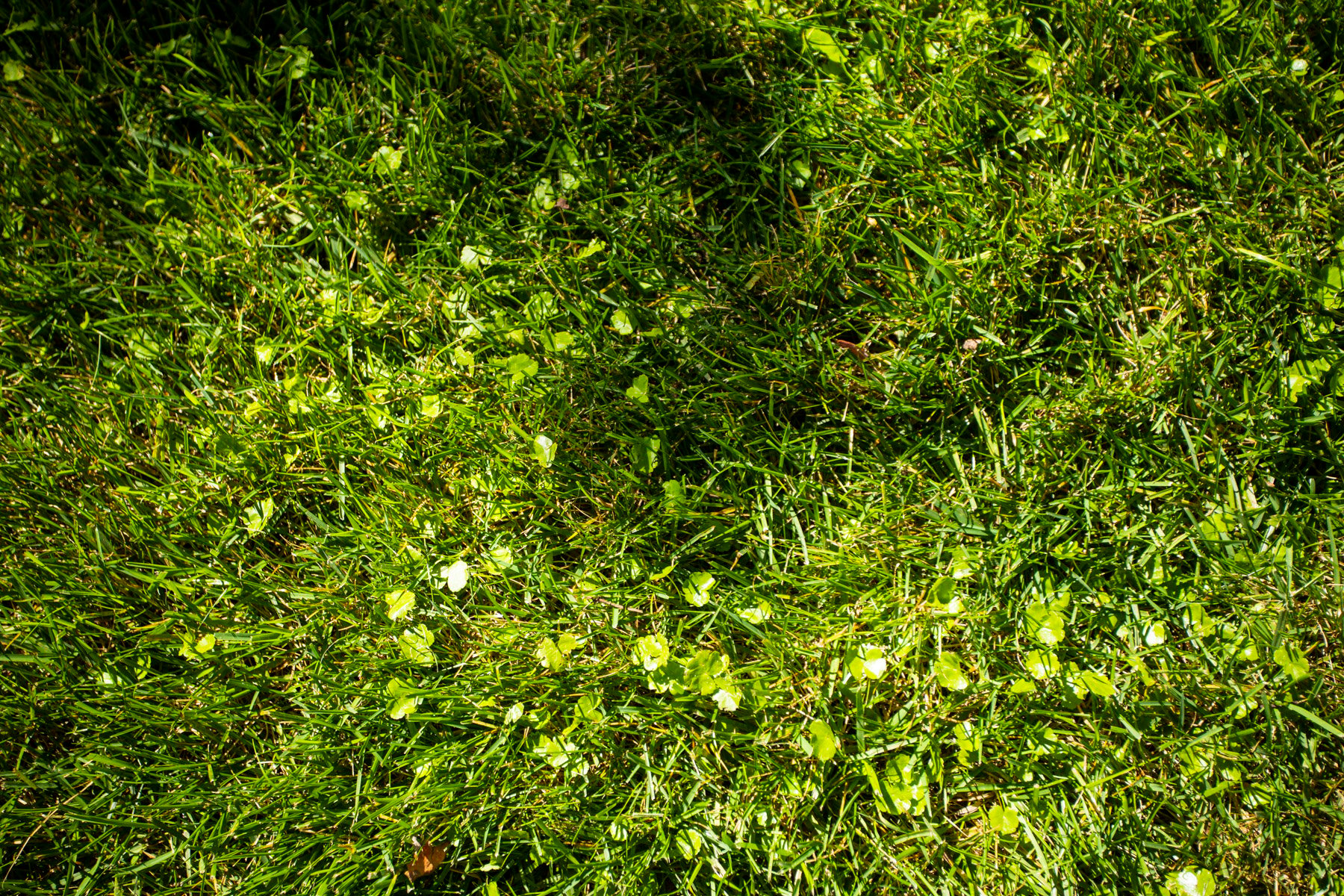 How long do you wait to cut the grass after a lawn treatment? You should wait to mow for 24 to 48 hours post treatment. This is because it takes at least 24 hours for broadleaf weed control to translocate throughout the vascular system of the plant. If you cut the grass too soon, you’re not letting the herbicide get into the plant.
How long do you wait to cut the grass after a lawn treatment? You should wait to mow for 24 to 48 hours post treatment. This is because it takes at least 24 hours for broadleaf weed control to translocate throughout the vascular system of the plant. If you cut the grass too soon, you’re not letting the herbicide get into the plant.
The Grass Clipping Benefit
When you mow after a lawn treatment, it’s always better to leave the clipped grass blades on the lawn.
These clippings act like barriers to help hold in the newly applied nutrients. Bonus: They also provide your lawn with organic nutrients to complement the fertilizer.
Remember the Mowing Basics
Whether you’re mowing your lawn before or after a lawn treatment, remembering the basics is essential to ensure your lawn thrives and you don’t waste your time.
First, make sure your mower is properly prepped. This means sharpening your mower blades, filling the tires with air, changing the oil, and ensuring it’s working correctly before the growing season is in full swing.
Then, when you mow, remember that your grass blades should be 3 to 4 inches tall after you mow. You never want to remove more than one-third of the lawn at any one time so as not to stress it out.
To Mow or Not To Mow: Your Questions Are Answered!
Mowing is an important part of a healthy lawn. And doing it right can keep your lawn happy and maximize the effectiveness of lawn treatments. 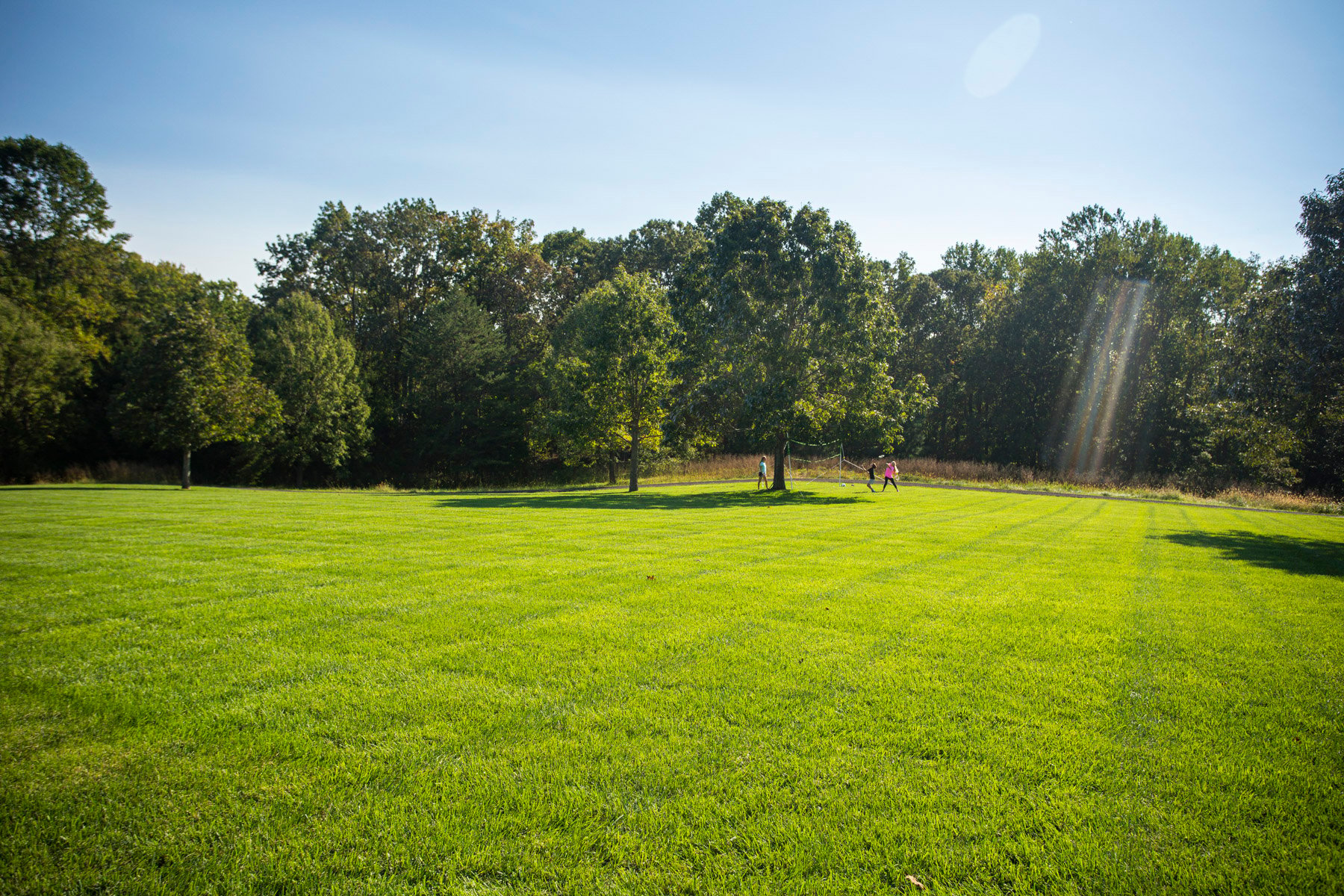 Regular mowing not only improves its appearance, but also helps it grow thicker, choking out weeds.
Regular mowing not only improves its appearance, but also helps it grow thicker, choking out weeds.
If mowing before or after treating your lawn is still confusing to you, never fear. Here at Natural Green, we’re happy to answer your questions about proper timing and mowing techniques to help you take better care of your lawn. It’s what we do here in Central and Southern Maryland, and we’re always happy to share our knowledge about what your grass likes best.
We’d love to be a part of helping you achieve the lawn of your dreams in Central or Southern Maryland. Get started today with a free quote. Together, we’ll prepare a customized plan so you can have the best lawn on the block.
Image Source: Lawn Mower
A lush, green lawn is what you’re after in spring and summer. Who doesn’t want to sink their toes into velvety, thick, carpet-like grass? Can’t you feel your stress melt away just thinking about it?
Getting the healthy, thriving lawn that you want takes some work. To avoid unsightly brown spots and the effects of heavy foot and pet traffic, you need to care for your beloved grass. If you neglect it, there won’t be much to sink your toes into.
Regular, proper fertilization helps maintain the soil’s nutrients at a consistent level to keep your grass happy.
But you might be wondering whether you should mow before or after treating your lawn. After all, you don’t want to waste it.
Don’t worry. We’ve got your back. Here is everything you need to know about mowing timing around lawn treatments.
What You Should Know About Mowing Before or After Treating Your Lawn
During the growing season, you should be mowing your lawn about once each week.
As mowing frequency increases as the weather warms up, timing it around fertilization and weed control treatments can feel tricky.
These mowing tips and tricks should clear up any confusion.
Best Times to Mow Your Lawn
Fertilization, granular specifically, is rarely impacted by mowing. But weed control treatments can be impaired.
You usually don’t want to mow your lawn within 24 hours before any such treatment.
This is because if you mow right before an herbicide treatment, there isn’t much leaf area left to absorb the weed control. If a broadleaf weed control doesn’t come in contact with enough of the plant’s foliage, it won't be effective.  How long do you wait to cut the grass after a lawn treatment? You should wait to mow for 24 to 48 hours post treatment. This is because it takes at least 24 hours for broadleaf weed control to translocate throughout the vascular system of the plant. If you cut the grass too soon, you’re not letting the herbicide get into the plant.
How long do you wait to cut the grass after a lawn treatment? You should wait to mow for 24 to 48 hours post treatment. This is because it takes at least 24 hours for broadleaf weed control to translocate throughout the vascular system of the plant. If you cut the grass too soon, you’re not letting the herbicide get into the plant.
The Grass Clipping Benefit
When you mow after a lawn treatment, it’s always better to leave the clipped grass blades on the lawn.
These clippings act like barriers to help hold in the newly applied nutrients. Bonus: They also provide your lawn with organic nutrients to complement the fertilizer.
Remember the Mowing Basics
Whether you’re mowing your lawn before or after a lawn treatment, remembering the basics is essential to ensure your lawn thrives and you don’t waste your time.
First, make sure your mower is properly prepped. This means sharpening your mower blades, filling the tires with air, changing the oil, and ensuring it’s working correctly before the growing season is in full swing.
Then, when you mow, remember that your grass blades should be 3 to 4 inches tall after you mow. You never want to remove more than one-third of the lawn at any one time so as not to stress it out.
To Mow or Not To Mow: Your Questions Are Answered!
Mowing is an important part of a healthy lawn. And doing it right can keep your lawn happy and maximize the effectiveness of lawn treatments.  Regular mowing not only improves its appearance, but also helps it grow thicker, choking out weeds.
Regular mowing not only improves its appearance, but also helps it grow thicker, choking out weeds.
If mowing before or after treating your lawn is still confusing to you, never fear. Here at Natural Green, we’re happy to answer your questions about proper timing and mowing techniques to help you take better care of your lawn. It’s what we do here in Central and Southern Maryland, and we’re always happy to share our knowledge about what your grass likes best.
We’d love to be a part of helping you achieve the lawn of your dreams in Central or Southern Maryland. Get started today with a free quote. Together, we’ll prepare a customized plan so you can have the best lawn on the block.
Image Source: Lawn Mower
Share This
Topics: Lawn Care

